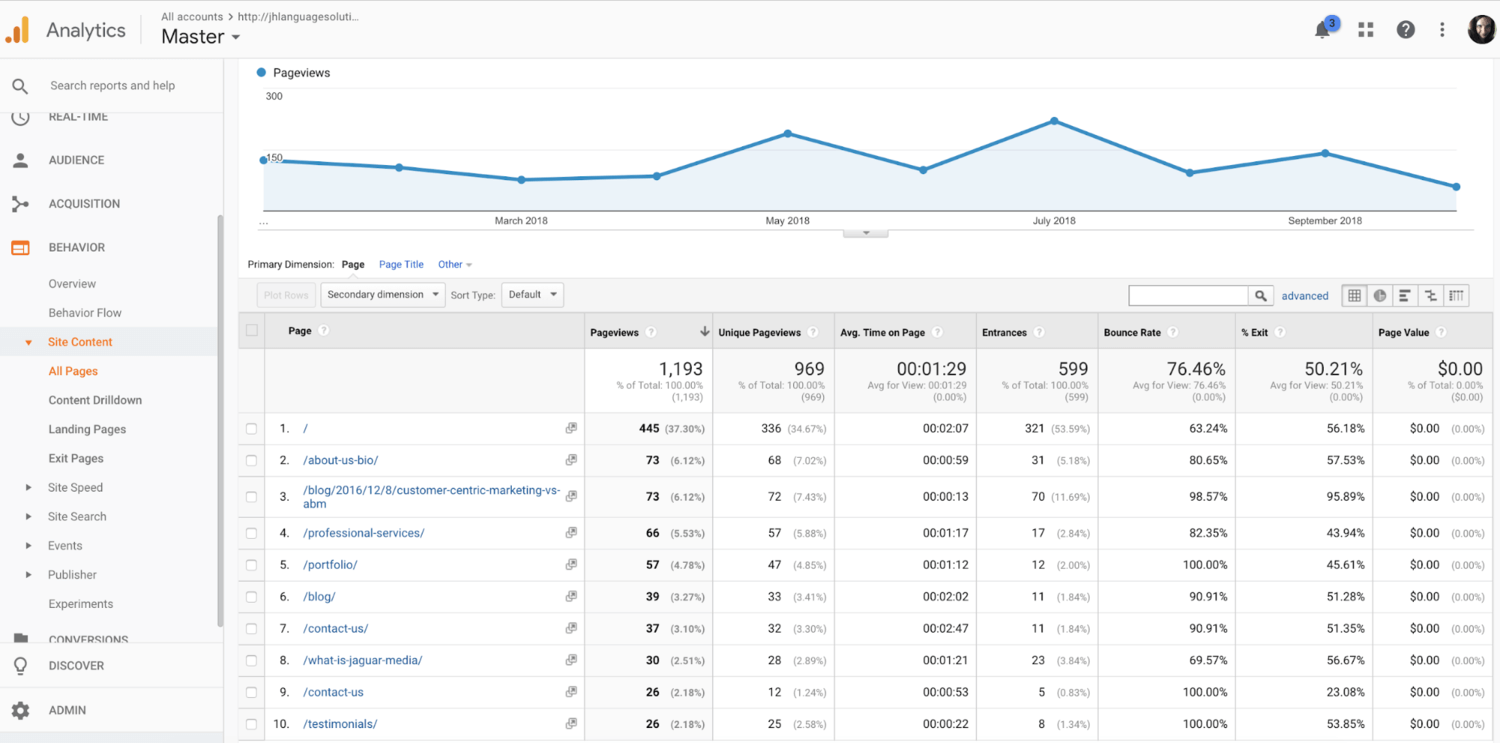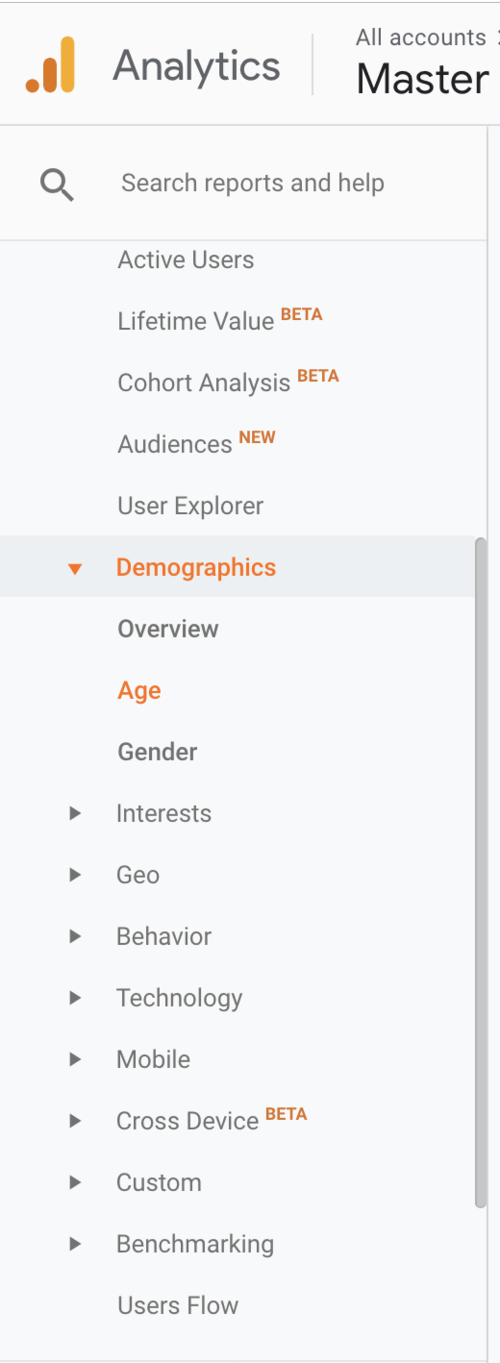As a business, you create content for ONE primary purpose: to generate awareness for your business or brand. However, many businesses and marketers believe that blogging is a waste of time and money, and video and interactive content is in.
This is only partially true. Yes, interactive content, including video works very well. But above all, engaging content is really where it’s at. (And, yes, this still includes blogs.)
By engaging content, we mean content that is useful, valuable, and relevant content that solves a problem.
However, producing great content is only half the battle when it comes to growing your business. Even if you have the best email campaigns ever, beautiful videos and visual aids, or terrific blogs, they will only get you so far…
Why?
Because you need to know how effective your content is and how your audience interacts with it. Without this information, it will be much more difficult for you to know what is working and what isn’t, which is crucial for planning future campaigns and content creation.
But with the right data in hand, you will be able to:
– Boost ROI
– Save time and money
– Make more informed decisions when developing your content creation strategy

Google Analytics Website Page Views
So, which content metrics and KPIs should you be measuring? Here is a brief guide on which metrics you should be paying attention to, and how and where to find them.
Website Metrics
Your website holds a treasure trove of useful data. You can use this information to adjust your marketing strategy or develop a new one. Your website metrics provide you with data about how visitors engage with your website, what content is the most popular, how long they stay on your site, the pages they click on, and so on.
Website metrics include:
-
Page visits (or page views): This refers to how many times visitors have viewed specifics of your site. Although this is a basic piece of data, it is key because it tells you what particular content attracts the most people.
-
Bounce Rate: You want to keep this metric to a minimum. As it implies, bounce visits are when people go to your site, see only one page, then leave.
A high bounce rate indicates that your website might need some work. This could mean that your content needs more substance or engaging topics, the user interface (UI) needs to be more user-friendly, or the speed of your site needs to increase.
-
Visit Duration: How long people visit your website is another good indicator. The longer a person remains on your website tells you that your content is interesting and it meets a need. More specifically, if a person spends a long time on a certain page, that’s even better because you can pinpoint what content generates the most interest.

Google Analytics Demographics
-
Demographics: Using a tool like Google Analytics is a great way to get a feel for key demographics of your website visitors, such as age, gender, interests, and even geographic location.
These key characteristics will allow you to adjust the topics, style, and tone of your content so that it appeals to people who fit your target profile.
In Google Analytics, simply click on “Demographics†on the left-hand panel. You will see a number of options, such as Age, Gender, Interests, Geo, Behavior and so on. Click on each selection to see the necessary data.
Social Media Metrics
Leveraging social media is crucial to any content marketing strategy. You probably have a good idea as to which platforms you should use. The biggest ones are, of course, Instagram, Twitter, Pinterest, and Facebook. But what specific social media metrics should you keep an eye on?
-
Engagement: Pay attention to how visitors interact with your posts. This can be in the form of likes, retweets, shares, or visitor comments. For example, if your Facebook post is shared a lot, that means people are interested and see value in it. A good tool to manage social media posts and attract new followers is Hootsuite.
-
Reach: Reach refers to how far your content is spreading on its own through engagement. In other words, reach gives you an idea as to how big your audience is. A large audience shows that your site is creating a substantial amount of interest.
-
Social Conversions: One tried and true way to determine how much traffic, or conversions you are getting to your website from social media is to look at the traffic sources.

Google Analytics Social Media Value
Again, using tools such as Google Analytics, HubSpot, or another marketing analytics dashboard will provide you with this information.
Leads
Leads come in from email signups, demo signups, or requests for quotes information. If you are getting a decent amount of leads, then this likely means your content marketing strategy is working. If your number of leads is low or inconsistent, it might be time to rethink your strategy.
Content Creation and Measuring
Good content alone won’t pay your bills or grow your business. You have to make sure that your market attracts customers. This article has outlined a few key metrics you can use to assess how your marketing strategy is doing. There are many more but the ones described here will get you on the right foot going forward.
Need help with creating quality, engaging content? Contact us today.

